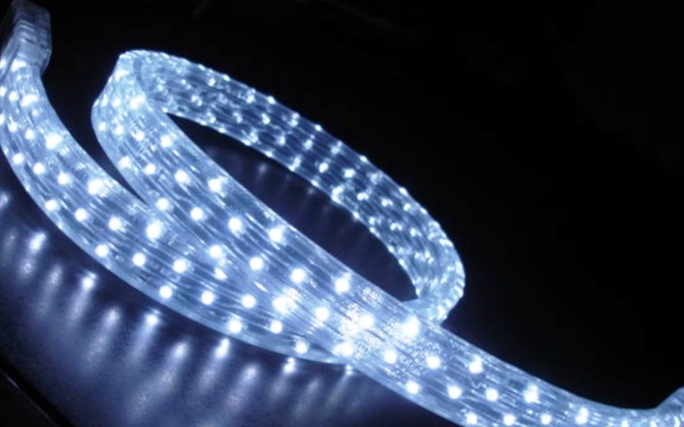
LED technology has transformed the way we illuminate spaces. From homes to offices, and public areas to entertainment venues, LEDs provide efficient, versatile lighting solutions. Their energy efficiency, long lifespan, and adaptability make them a preferred choice over traditional lighting options. Understanding the components and processes behind these systems can help you make informed decisions when selecting LED products for different projects.
Understanding LED Strips
LED strips are flexible circuit boards populated with light-emitting diodes. They come in various sizes, densities, and color temperatures, allowing for a wide range of applications. Homeowners often use them for accent lighting, under-cabinet illumination, or decorative features. In commercial settings, LED strips enhance retail displays, create mood lighting in restaurants, or highlight architectural elements. Their low heat output and energy efficiency make them suitable for prolonged use, while their modular design allows customization for specific project requirements.
LED Strip Manufacturing Process
Producing high-quality LED strips involves careful selection of materials and precision assembly. Copper or flexible PCB bases, high-quality diodes, resistors, and protective coatings ensure durability and consistent performance. The manufacturing process includes soldering, testing, and quality inspections to maintain strict standards. Advanced automation techniques now enable faster production while minimizing errors. Choosing products from a trusted LED strip manufacturer ensures compliance with safety standards and consistent performance across projects, making installation smoother and reducing maintenance issues over time.
LED Modules and Their Functionality
LED modules are self-contained units that integrate multiple diodes with a power supply and sometimes a heat sink. They provide stable illumination for larger areas or specific lighting effects. Modules vary in brightness, color, and size, making them suitable for signage, indoor and outdoor applications, and industrial lighting. They allow designers to create uniform light distribution without the complexity of wiring individual LEDs, providing both convenience and flexibility in planning lighting layouts.
Distribution Channels for LED Modules
Once manufactured, LED modules are delivered to markets through a network of distributors. These distributors ensure that products reach retailers, contractors, and installers efficiently. A reliable LED module distributor evaluates product quality, stock availability, and delivery reliability before partnering with suppliers. Proper distribution guarantees that customers receive products that meet technical specifications and performance expectations. Additionally, distributors provide technical support and guidance, helping end-users select the right module for specific needs, from indoor installations to outdoor signage projects.
Integration in Modern Lighting Projects
LED strips and modules are increasingly integrated into modern design projects due to their flexibility and efficiency. Interior designers use them to highlight architectural features, create ambient lighting, or produce dynamic color effects. In commercial spaces, these systems improve visibility, guide customer flow, and enhance the aesthetic appeal of interiors. Entertainment venues and event planners leverage LED strips and modules to produce immersive lighting experiences that can be adjusted for different moods or performances.
Technical Considerations
When planning a lighting project, technical factors such as power supply, voltage compatibility, and heat management must be considered. LED strips and modules often require specific drivers or transformers to operate efficiently. Proper installation ensures long-term performance and reduces the risk of flickering or early failure. Maintenance is minimal compared to traditional lighting, but periodic inspections can extend the lifespan of the system and maintain optimal brightness.
Future Trends in LED Technology
The future of LED lighting is closely linked to smart technologies. Integration with sensors, remote controls, and home automation systems allows for adaptive lighting solutions. Energy-saving innovations and environmentally conscious designs are becoming standard, reducing carbon footprints and operational costs. Advances in LED module design are also pushing boundaries in terms of brightness, efficiency, and color quality, making them suitable for increasingly complex applications.
Conclusion
LED strips and modules offer practical, flexible, and efficient lighting solutions. Understanding the manufacturing process, module functionality, and distribution channels helps in selecting the right products for any project. By considering technical specifications and emerging trends, you can achieve effective and sustainable lighting designs that meet both functional and aesthetic goals.

